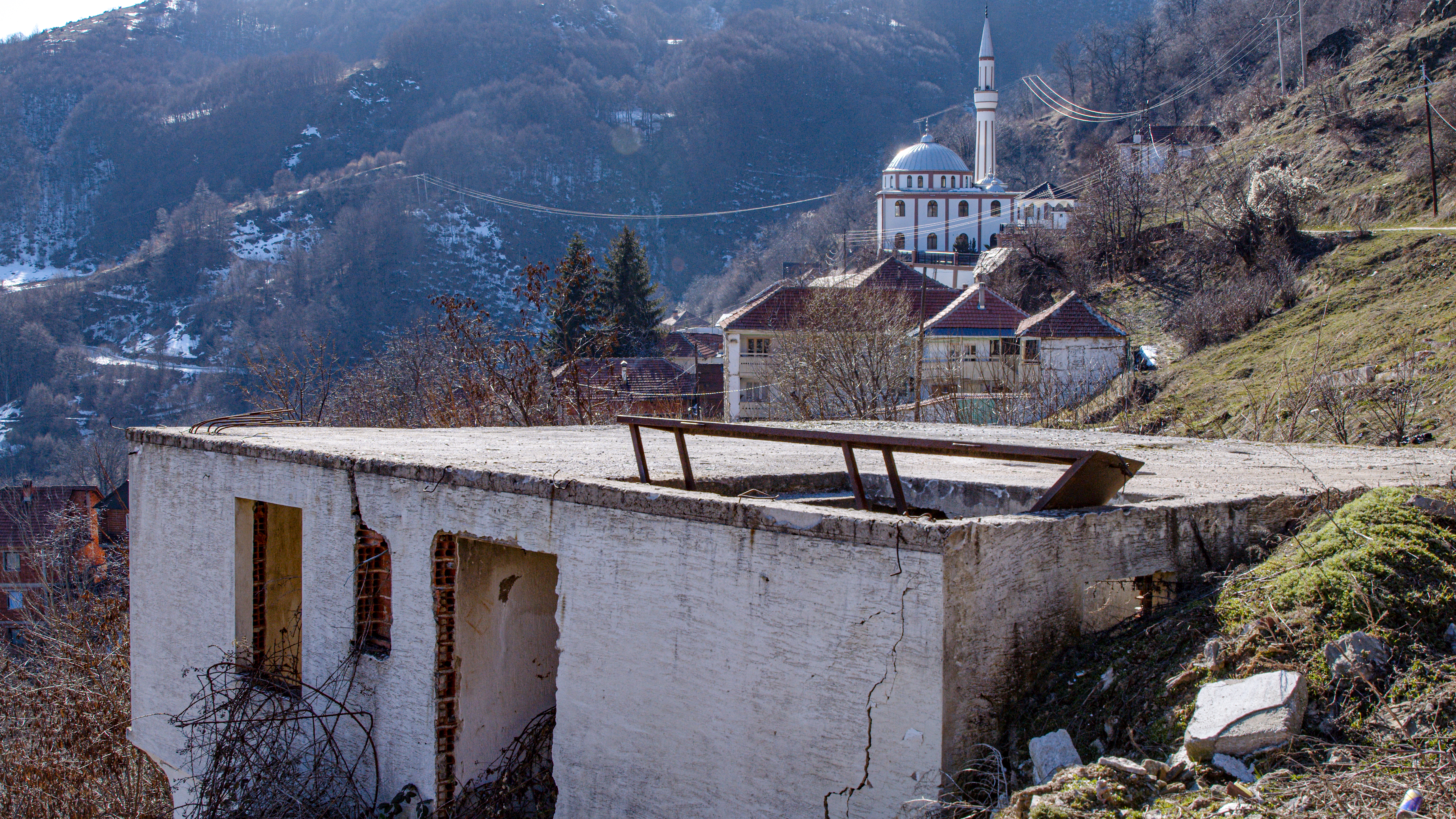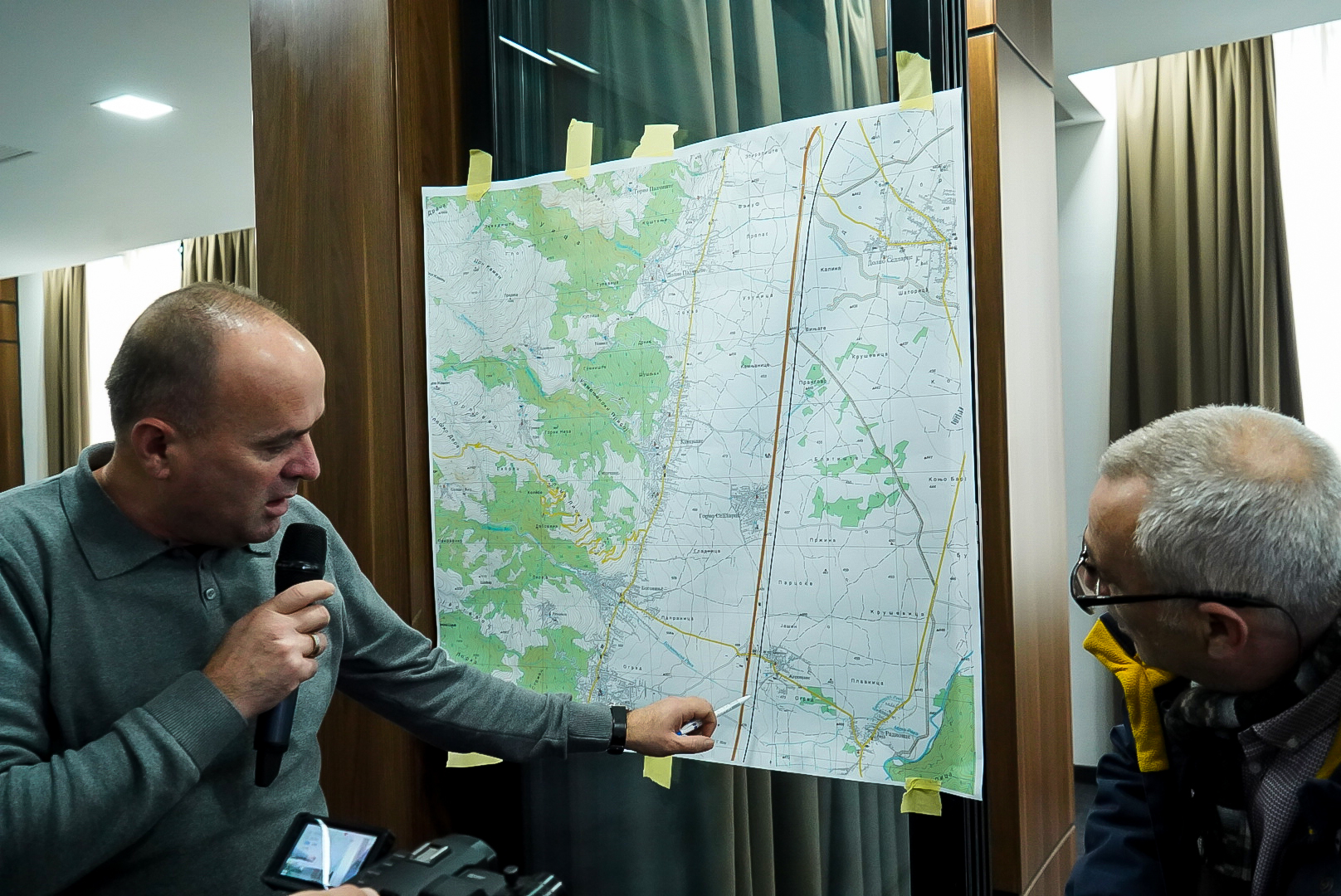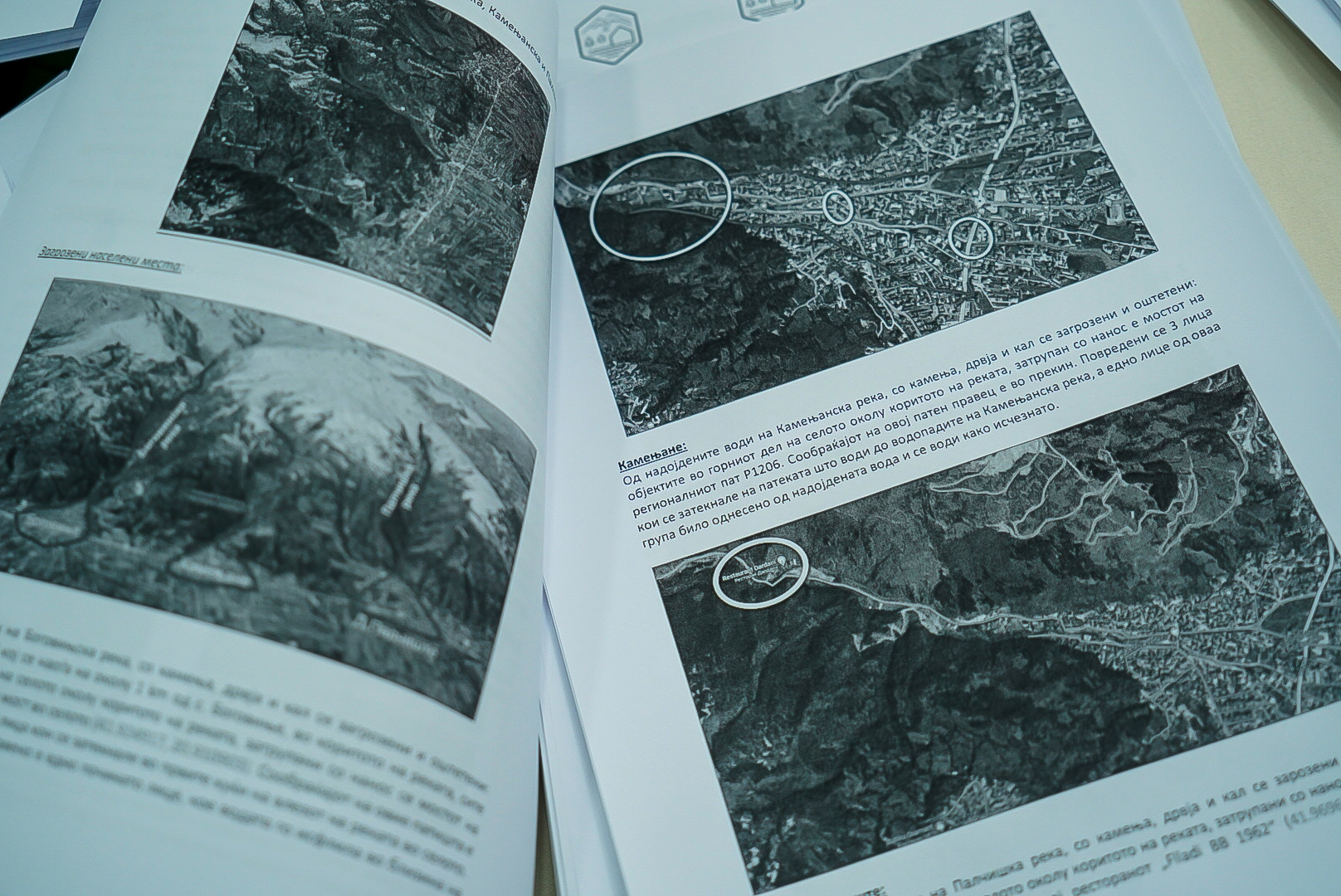Lessons Learned: Flash flood simulation builds disaster preparedness in the Polog Region
April 25, 2023

The frequency of flooding is higher in the Polog Region than anywhere else in North Macedonia. During the recent period, several major flooding events seriously impacted the resilience of the local communities. The combined disaster event with flash floods and landslides in August 2015 was the most tragic one with the loss of six human lives and damages of 21.5 million USD. In addition, many other, smaller in scale and magnitude events occur regularly, eroding the resilience texture of the emergency management services, local communities and citizens by draining their limited resources and capacities and exacerbating existing and creating new vulnerabilities and inequalities. With the climate change projections and changes in climate extremes, these events will become more frequent in the region and beyond.
Therefore, the municipalities from the Polog Region with support of the “Improving Resilience to Floods in the Polog Region” project funded by the Government of Switzerland embarked on a transformative flood resilience-building journey transitioning from “first responders” to “first preventers”. The main destination is to transform their disaster risk governance, from reactive to proactive, from the focus on response to better prevention, mitigation and preparedness for the existing and emerging flood risks and threats. In that sense, simulation exercises, alongside the training drills, are one of the best tools for strengthening the overall disaster preparedness that allows participants to test their flood risk assessments, the functionality of the existing early warning systems and response plans and procedures for potential disasters in a low-risk, controlled environment. They contribute to enhanced preparedness, increased cooperation and coordination before, during and after flooding events, test the decision-making methods and skills of the key emergency responders in a hypothetical scenario, contribute to the identification and rational and efficient utilization of resources mobilizing everyone in the communities, as well as improve crisis communication while reaching everyone in the affected area.

Held in Tetovo, the regional urban centre, the one-day Table-Top Exercise (TTX) which involved 30 professionals from 12 emergency responders institutions and agencies, simulated a scenario in which torrential rains in the municipalities of Tetovo and Bogovinje led to large flash floods from Porojska, Bogovnjska, Kamenjanska and Palchishka rivers that seriously impacted the local communities, businesses and social infrastructure in seven villages. The participants were provided with a realistic flash floods scenario, a set of impacts that might result as consequences from that scenario and assumptions designed to emphasize the key capacities and resources and force thinking on critical response and immediate recovery topics, in particular to the needs of the vulnerable members of the local communities. The COVID-19 pandemic added another element to the simulation exercise, as all measures and actions taken during the flash flood response and the immediate recovery phases incorporated the COVID-19 protection measures and followed the official protocols.
“Through the exercise, we were informed about the problems that arise during a crisis and how to resolve such situations.”, said one of the participants. Extensive discussions led to developing action plans in responding to the three main modalities of the simulation of the rapid-onset event i.e. information and data collection and sharing – early warning and alerting (before the flash floods), coping and response (during the flooding) and immediate recovery (after the disaster). Their openness in the exchange of opinions and decision-making resulted in the identification of the existing gaps and challenges, the mapping of the needs of the populations with an emphasis on the vulnerable groups of citizens and the formulation of forward looking-recommendations for the improvement of the disaster preparedness in the region i.e. building all-of-society approach to disaster resilience including all stakeholders, continuous capacity-building and professional training of the emergency responders for flood protection and response, raising the awareness of the population how to protect and rescue from floods and building the disaster resilience culture, improving the early warning and alerting system for informing and notifying everyone in the communities, applying innovative solutions for flood resilience, creation of special programs for education and assistance in dealing with flash floods of vulnerable categories of citizens, especially persons with disabilities, focused education of the population to raise public awareness about the disposal of solid waste, which is one of the main reasons for the reduced flow of rivers and canals and increases the consequences of flash floods, etc.

The main takeaways can be summarized as follows:
- The simulation exercise can be embedded within the regional disaster preparedness framework and can be applied as one of the solutions for the resilience-building of the communities.
- The simulation exercises should be run, both, in public and private domains, with greater participation of the private sector entities and the at-risk communities.
- A hands-on approach is the best way to test the preparedness and response to existing and emerging risks and threats integrating their cascading effects.
“It is necessary to organize exercises to be in good condition.”, said another participant during the closure of the event. This sentence marks the way forward for the project which will engage in the organization of several schools’ training drills and two more complex simulation and field exercises to test the newly gained knowledge and equipment for the water rescue teams as well as to ensure continuity in the building of resilience of the communities in the Polog Region.

 Locations
Locations